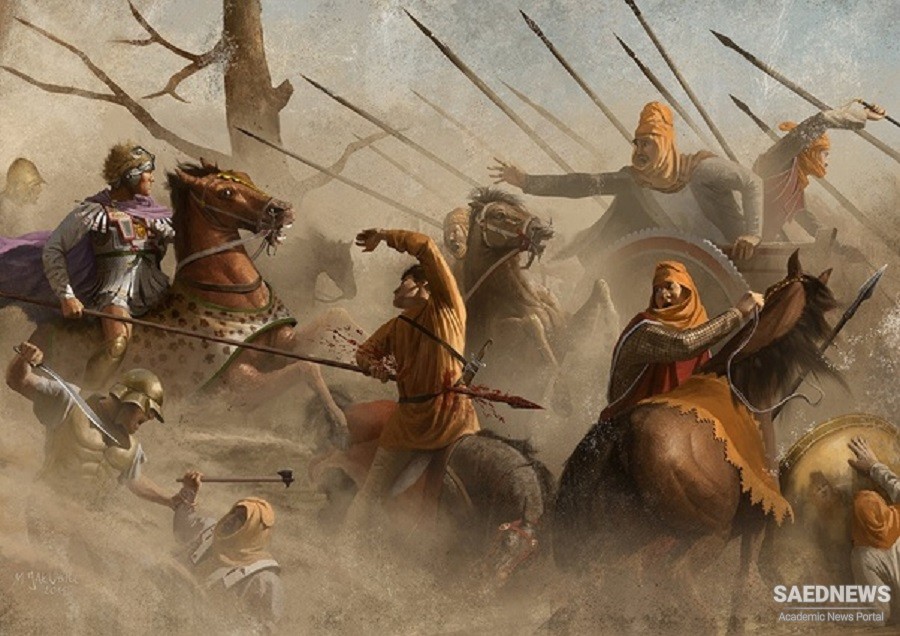Darius I (r. 521–486 bc) was a product of the Persian military system and, despite many challenges, enhanced the armed forces and empire he inherited. His overthrow of Bardiya was met by numerous revolts as various provincial governors made their own bid for Cambyses’ throne or sought independence from the Persians. In 521 bc, Darius launched a swift and oft en brutal campaign, fighting nineteen battles and capturing nine petty kings in a year. After restoring his empire Darius then expanded it into the Indus valley, the Caucasus Mountains, and southeastern Europe. Under Darius the basis for the army’s success remained its skill with cavalry and archery, its resourcefulness, and its spirit. It also retained its versatility and adapted to various extreme conditions in the mountains of Armenia, the deserts of the eastern Iranian Plateau and Pakistan, and the Indus River valley where Darius conducted his early military campaigns. The Persian tactical system continued to rely on a combination of cavalry and bowmen to disorganize the opposing forces and make them vulnerable to close- quarters combat. In practice, the Persian cavalry att acked the flank of an enemy’s infantry formation, which, as it stopped to defend against the horsemen wielding bows, javelins, and spears, would be hit by a hail of arrows from the distant archers. Unable to withstand the barrage, enemy formations usually broke, at which point the lightly armored and fleet- footed Persian infantrymen moved in for the kill. These tactics emerged from wartime experience and not faint- heartedness over closing with their enemies; Herodotus noted that “for in boldness and warlike spirit the Persians were not a whit inferior to the Greeks." The Persians, however, were either unaware or unconcerned that the mountainous Greek mainland made their long- range arms and fluid tactical maneuver less practical against the superior armor, weapons, and discipline of the Greek phalanx (Source: Immortal: A Military History of Iran and Its Armed Forces).


 Cyrus the Great and Consolidation of Persian Domination via a Loyal Army
Cyrus the Great and Consolidation of Persian Domination via a Loyal Army














































